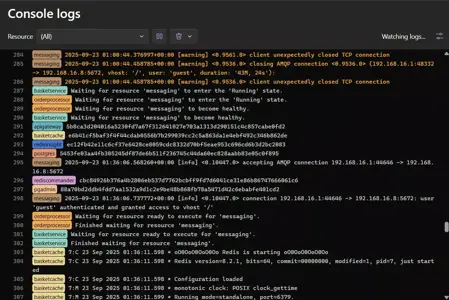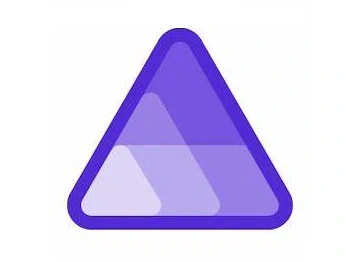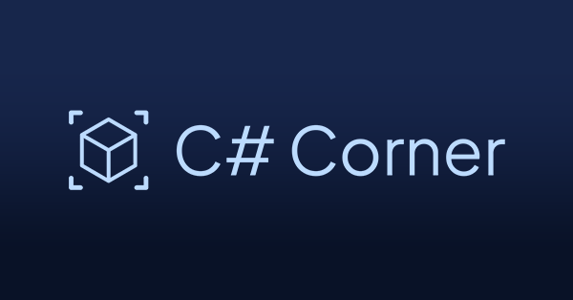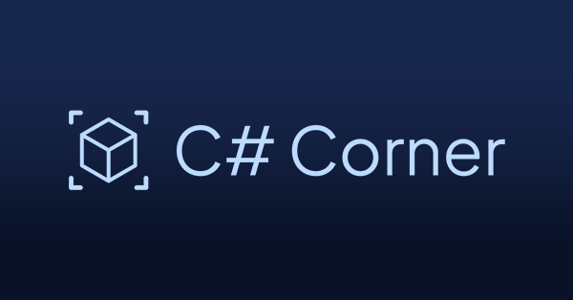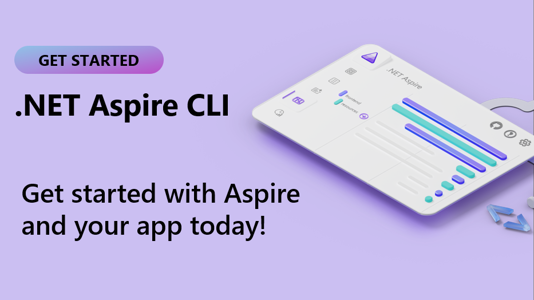.NET Aspire Blog Posts
Microsoft releases Aspire 9.5
Microsoft is attempting to improve the developer experience for those building distributed applications with the latest updates to Aspire, a collection of tools, templates, and packages for building such apps.
.NET Aspire 9.5 Improves Dashboard
.NET Aspire 9.5 has been released with a number of improvements to the dashboard. It also adds targeted CLI and tooling updates, channel-aware templating, and a preview of infrastructure for .NET 10's new file-based apps feature.
.NET Aspire 9.5 Simplifies AppHost, Expands AI Support -- Visual Studio Magazine
Microsoft released .NET Aspire 9.5 with a single-file AppHost option, a new Generative AI Visualizer, expanded integrations for GitHub Models, Azure AI Foundry, and OpenAI, along with lifecycle and logging improvements for distributed cloud-native .NET applications.
.NET 10 RC 1: Introduces Persistent State in Blazor, Enhanced Validation, and Production-Ready Tools
Last week, Microsoft announced the release of .NET 10 RC 1, the first of two release candidates ahead of the final version. As stated by the .NET team, this build comes with a go-live license, allowing developers to use it in production environments with official support. It is available alongside Visual Studio 2026 Insiders and is supported in Visual Studio Code through the C# Dev Kit.
.NET Aspire Orchestration
.NET Aspire orchestration simplifies building distributed applications by providing a unified model for defining, managing, and connecting services. It automates dependency wiring, configures environments, and offers built-in observability. Ideal for local development and preparing apps for cloud deployment, Aspire streamlines the developer experience with code-first configuration and standardized integrations, making multi-service apps easier to manage and debug.
.NET Aspire Overview
.NET Aspire simplifies cloud-native .NET 8 development with orchestration, telemetry, and pre-configured service defaults. Build distributed apps faster using templates, a developer dashboard, and flexible deployment options for Azure, Kubernetes, and more. Focus on code, not infrastructure, with this innovative framework.
.NET Aspire - Why We Should Consider It And How To Get Started
Let's take a step back and talk about why .NET Aspire is relevant to today's developers, why they should care, and how to take an existing app and Aspire it.
Getting Started with the Aspire CLI
The Aspire CLI is here and you can use it to configure and run your applications
Building a Proof of Concept and Teaching Developers How to Master Modern ASP.NET Core, Aspire, and Azure Development
Building a Proof of Concept and Teaching Developers How to Master Modern ASP.NET Core, Aspire, and Azure Development
What Is .NET Aspire: Relevance and Advantages for Cloud-Native Development
Discover why .NET Aspire is gaining traction among .NET teams for building cloud-native applications. Explore its benefits, key features, developer productivity gains, and future relevance in modern distributed systems.
